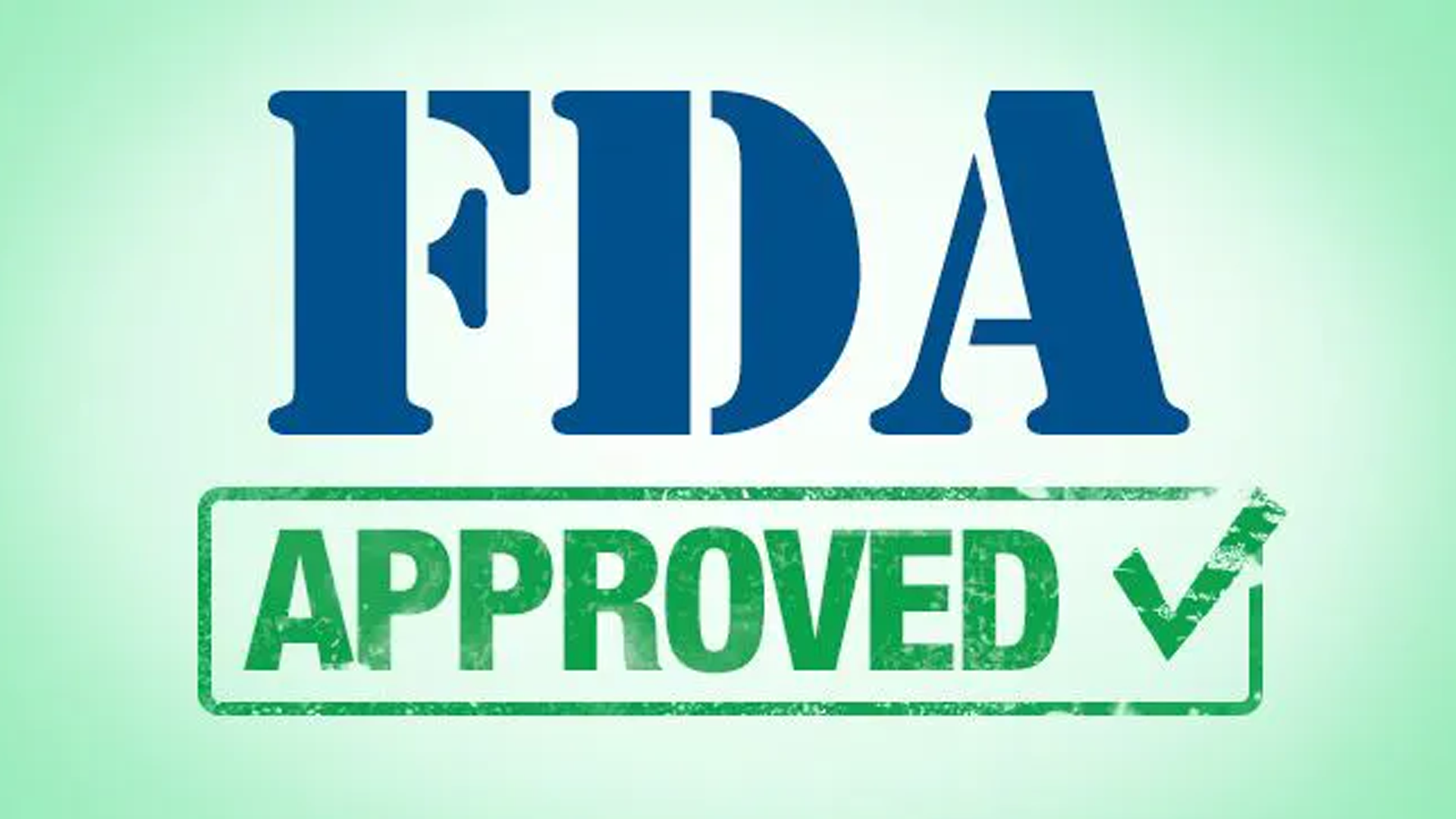Blinatumomab Receives Full Approval for MRD-Positive B-Cell ALL
The FDA has granted blinatumomab full approval for patients with minimal residual disease–positive B-cell acute lymphoblastic leukemia.
Blinatumomab Receives Full Approval for MRD-Positive B-Cell ALL

Blinatumomab (Blincyto) has been granted full approval for the treatment of adult and pediatric patients with CD19-positive B-cell precursor acute lymphoblastic leukemia (B-ALL) who are in first or second complete remission and who have minimal residual disease (MRD) of at least 0.1%.1 The FDA converted the agent’s indication from accelerated to full approval based on data from 2 phase 3 trials.
“In a phase 2 study, roughly 80% of adult patients treated with blinatumomab experienced a complete MRD response,” Elias Jabbour, MD, of the Department of Leukemia and the Division of Cancer Medicine at The University of Texas MD Anderson Cancer Center in Houston, said in a news release. “The FDA's decision to grant a full approval for blinatumomab further validates the use of this therapy to treat adults and children with B-ALL with MRD present following a remission, which is a strong predictor of relapse in this patient population.”
At the 2023 European Hematology Association Annual Meeting, findings from the ECOG-E1910 trial (NCT02003222), showed that blinatumomab improved overall and relapse-free survival in a population with patients with newly diagnosed B-cell ALL. Data were stratified by MRD status. For patients with MRD-positive disease (n = 92), the median overall survival (OS) between the 2 arms was not reached vs 22.4 months (HR, 0.39; 95% CI, 0.14-1.10; P = .066).2
Similarly, findings published in JAMA in 2021 demonstrated that, among pediatric patients with B-ALL treated in the AALL1331 trial (NCT02101853), the OS with blinatumomab (n = 105) was 71.3% vs 58.4% with chemotherapy (n = 103; HR, 0.62; 95% CI, 0.39-0.98; 1-sided P = .02).3
According to the news release, the most common adverse events (AEs) associated with treatment were pyrexia, infusion-related reactions, infections, headache, neutropenia, anemia, and thrombocytopenia. The agent also comes with warnings for cytokine release syndrome (CRS) and neurologic toxicities. Both conditions can be life-threating or fatal to patients.1
CRS was reported in 15% of patients with relapsed or refractory ALL and in 7% of patients with MRD-positive ALL. The time to CRS onset is 2 days postinfusion. For cases that resolved, the median time to resolution was 5 days. Providers are advised to monitor for signs and symptoms of CRS, which can include fever, headache, nausea, asthenia, hypotension, increased alanine aminotransferase, increased aspartate aminotransferase, increased total bilirubin, and disseminated intravascular coagulation.
For severe CRS, treatment interruption, discontinuation may be appropriate. Corticosteroids may also be administered.
Moreover, 65% of patients experienced neurological toxicities. Headache and tremor were the most common signs. Severe cases, including life-threatening events, occurred in 13% of patients. For patients who develop severe neurological toxicities, interrupting or discontinuing treatment is advised.
The agent is contraindicated for patients with a known hypersensitivity to blinatumomab.
References
- FDA grants full approval for Blincyto (blinatumomab) to treat minimal residual disease-positive B-cell precursor acute lymphoblastic leukemia. News release. Amgen. June 21, 2023. Accessed June 21, 2023. https://www.amgen.com/newsroom/press-releases/2023/06/fda-grants-full-approval-for-blincyto-blinatumomab-to-treat-minimal-residual-diseasepositive-bcell-precursor-acute-lymphoblastic-leukemia
- S115 consolidation with blinatumomab improves overall and relapse-free survival in patients with newly diagnosed B-cell acute lymphoblastic leukemia: impact of age and MRD level in ECOF-ACRIN E1910. Presented at: European Hematology Association 2023 Hybrid Congress; June 8-11, 2023; Frankfurt, Germany. Accessed June 21, 2023. https://s3.eu-central-1.amazonaws.com/m-anage.com.storage.eha/temp/eha23_abstract_bodies/S115.pdf
- Brown PA, Ji L, Xu X, et al. Effect of postreinduction therapy consolidation with blinatumomab vs chemotherapy on disease-free survival in children, adolescents, and young adults with first relapse of B-cell acute lymphoblastic leukemia: a randomized clinical trial. JAMA. 2021;325(9):833-842. doi:10.1001/jama.2021.0669


